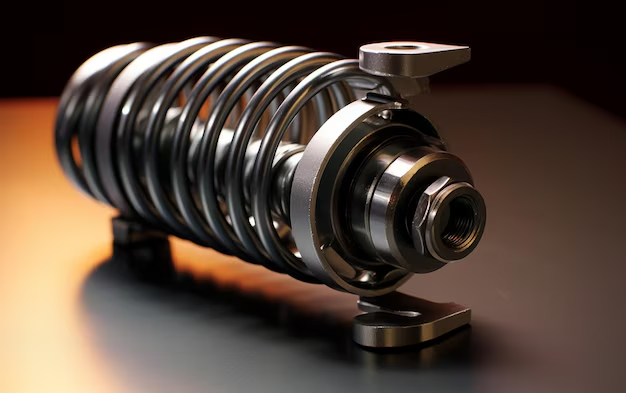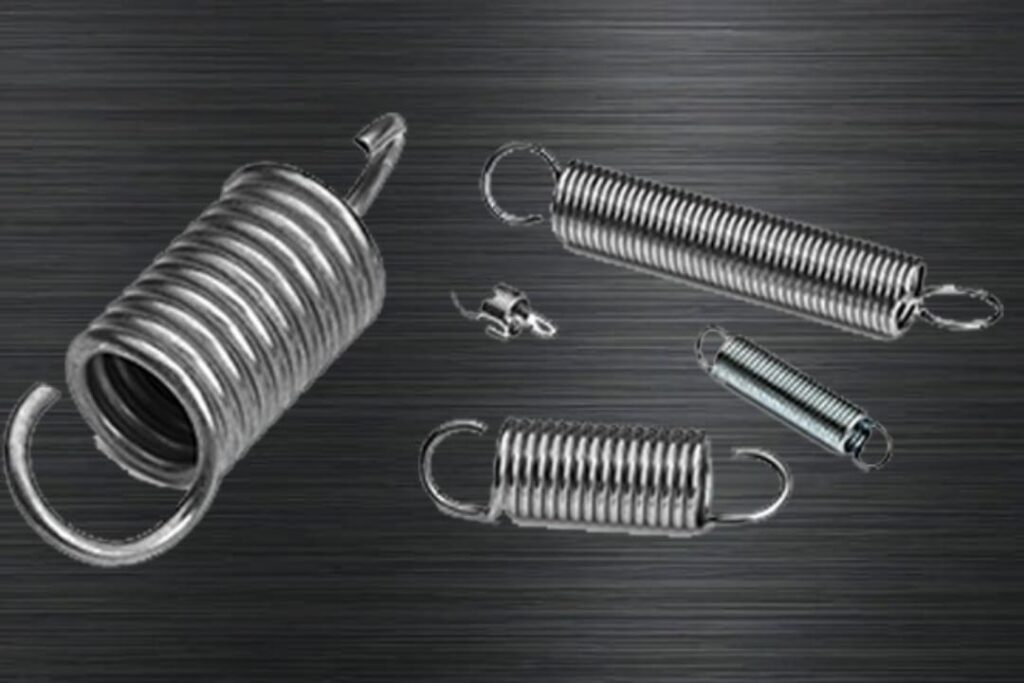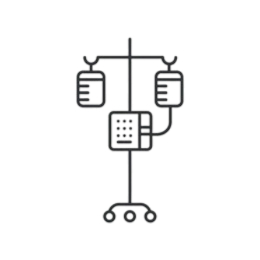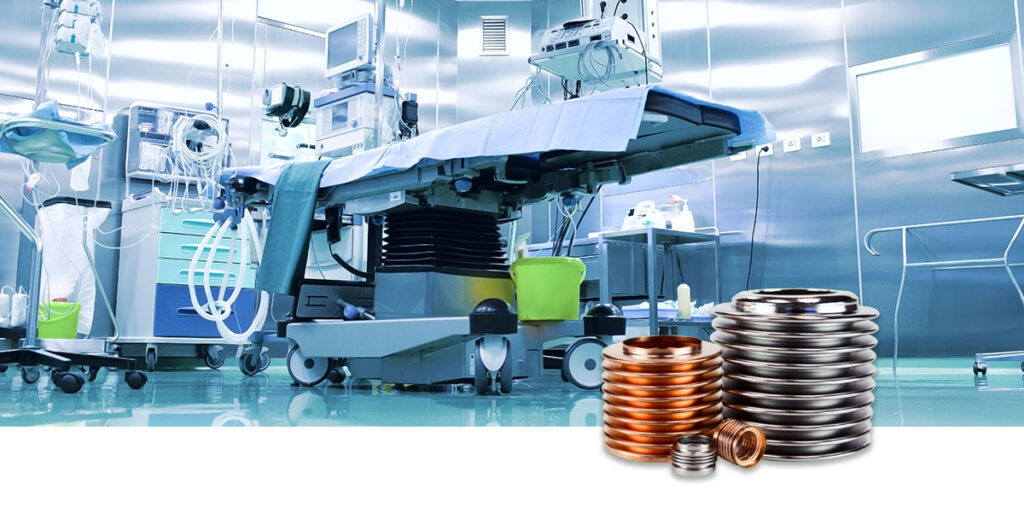Medical Devices
Home >> Medical Devices
Springs play a crucial role in medical devices, enabling precise movement, consistent force, and efficient operation. From intricate surgical tools to lifesaving devices, springs provide the necessary mechanical support to ensure these devices perform accurately and reliably. This article delves into the various types of springs used in the medical field, their applications, and the importance of material selection for optimal performance.
Springs are fundamental components in medical devices, providing essential functions across a range of applications. From aiding surgical precision to ensuring patient safety in drug delivery systems, the role of springs in the medical field cannot be understated. Selecting the right type of spring and material is critical for device reliability, patient safety, and overall performance in these life-saving devices.
Types of Medical Devices Springs

Compression Springs
These springs resist compressive force and are ideal for applications requiring consistent force. They are frequently used in devices where compact storage and reliable motion are essential.

Torsion Springs
Torsion springs apply rotational force, making them suitable for devices that involve twisting or rotating mechanisms, such as surgical tools and imaging equipment.

Tension Springs
Tension springs are used in devices requiring a pulling force to return parts to their original position. They are essential in rehabilitation equipment and safety mechanisms.
Applications of Springs In Medical Devices
Surgical Instruments
Springs are integral to various surgical instruments, such as forceps, clamps, and retractors. Compression springs in these devices provide the necessary resistance and stability, allowing surgeons to control movement with precision. For example:Forceps and scissors use compression springs to maintain tension, helping surgeons perform tasks with minimal fatigue.Torsion springs in hinged instruments allow smooth opening and closing motions, making these tools efficient and ergonomic for prolonged use.

Medical Pumps and Infusion Devices
Medical pumps, such as insulin pumps and IV infusion pumps, rely on springs for precise fluid delivery. In these applications, constant force springs provide a consistent output force, ensuring accurate dosing and continuous flow rates for essential fluids and medications.In syringe pumps, compression springs help maintain constant pressure to deliver medication over time. This controlled delivery is essential in critical care, where patients depend on accurate dosing.
Inhalers and Respiratory Devices
Inhalers, used for asthma and other respiratory conditions, rely on springs for activation mechanisms. Compression springs in inhalers help release medication in a controlled manner, ensuring the patient receives the correct dosage with each use.For instance, metered-dose inhalers (MDIs) utilize springs to create the required pressure to aerosolize the medication, ensuring effective delivery to the lungs. Springs in these devices are designed for consistent performance .
Prosthetics and Orthopedic Devices
In prosthetic limbs and orthopedic braces, springs assist in movement, stability, and patient comfort. Extension springs in prosthetic devices provide a return force, mimicking natural joint movement and making daily activities more manageable for patients.Orthopedic devices, such as knee braces and ankle supports, use springs to add stability and support to weakened joints. Torsion springs in these devices provide controlled movement and resistance, aiding in rehabilitation and improving patient mobility.
Retractable Medical Devices and Cable Management
Constant force springs are commonly used in retractable devices, such as oxygen masks and sensor cables. These springs ensure devices retract smoothly and neatly, preventing tangling and maintaining a sterile environment.In surgical suites and patient care areas, spring-loaded mechanisms keep cables and tubing organized, reducing tripping hazards and facilitating faster, safer access to equipment. For example, constant force springs help manage endoscopic camera cables.
Dental Devices
Springs are commonly found in dental tools, such as dental drills, orthodontic braces, and positioning devices. In orthodontics, torsion and compression springs are used in braces to apply gentle, continuous force on teeth, gradually adjusting their position. These springs are crafted for biocompatibility and durability, ensuring patient comfort and effectiveness over time.In dental drills, springs provide the required return force, improving control and ergonomics for the practitioner.

